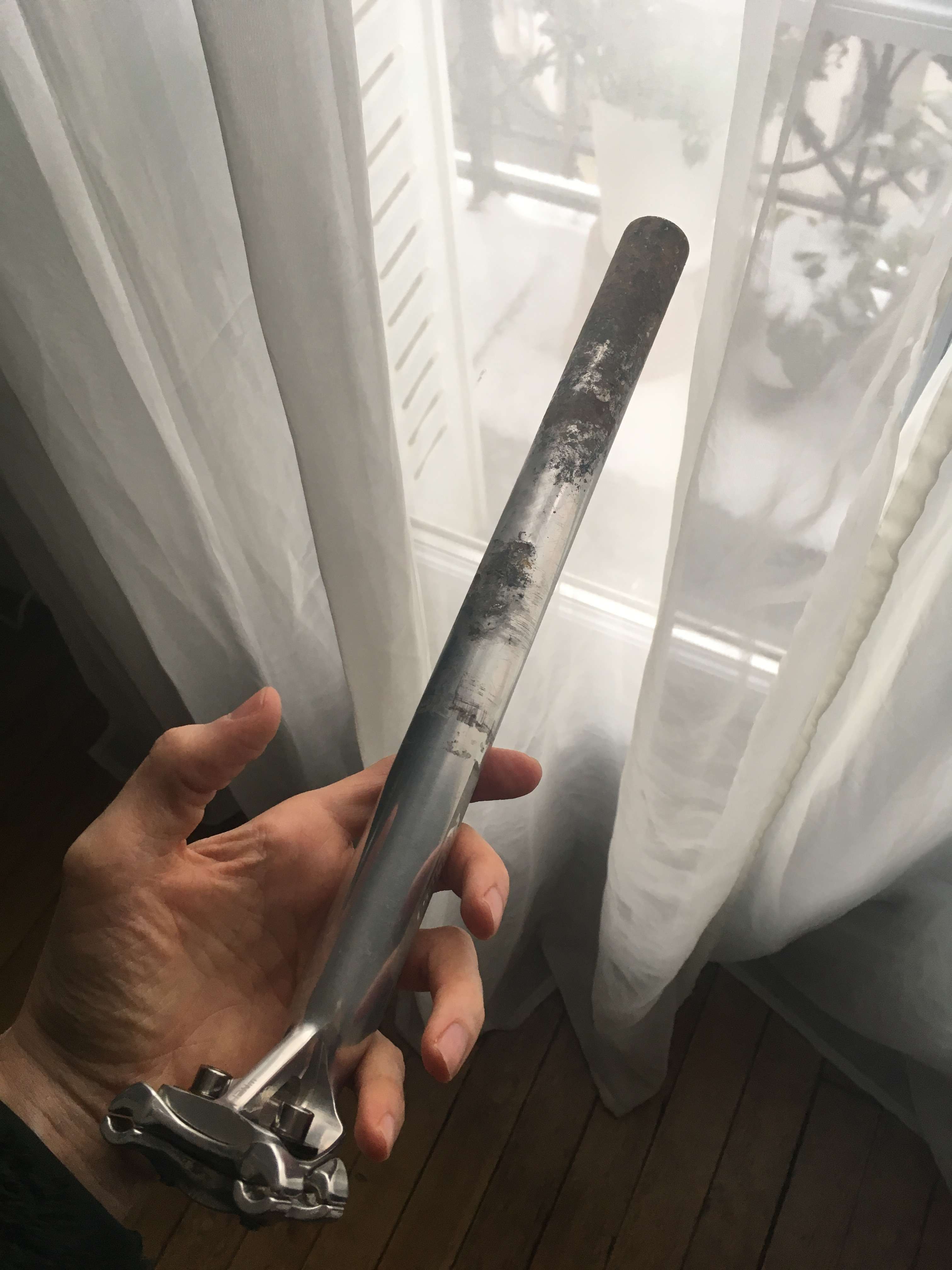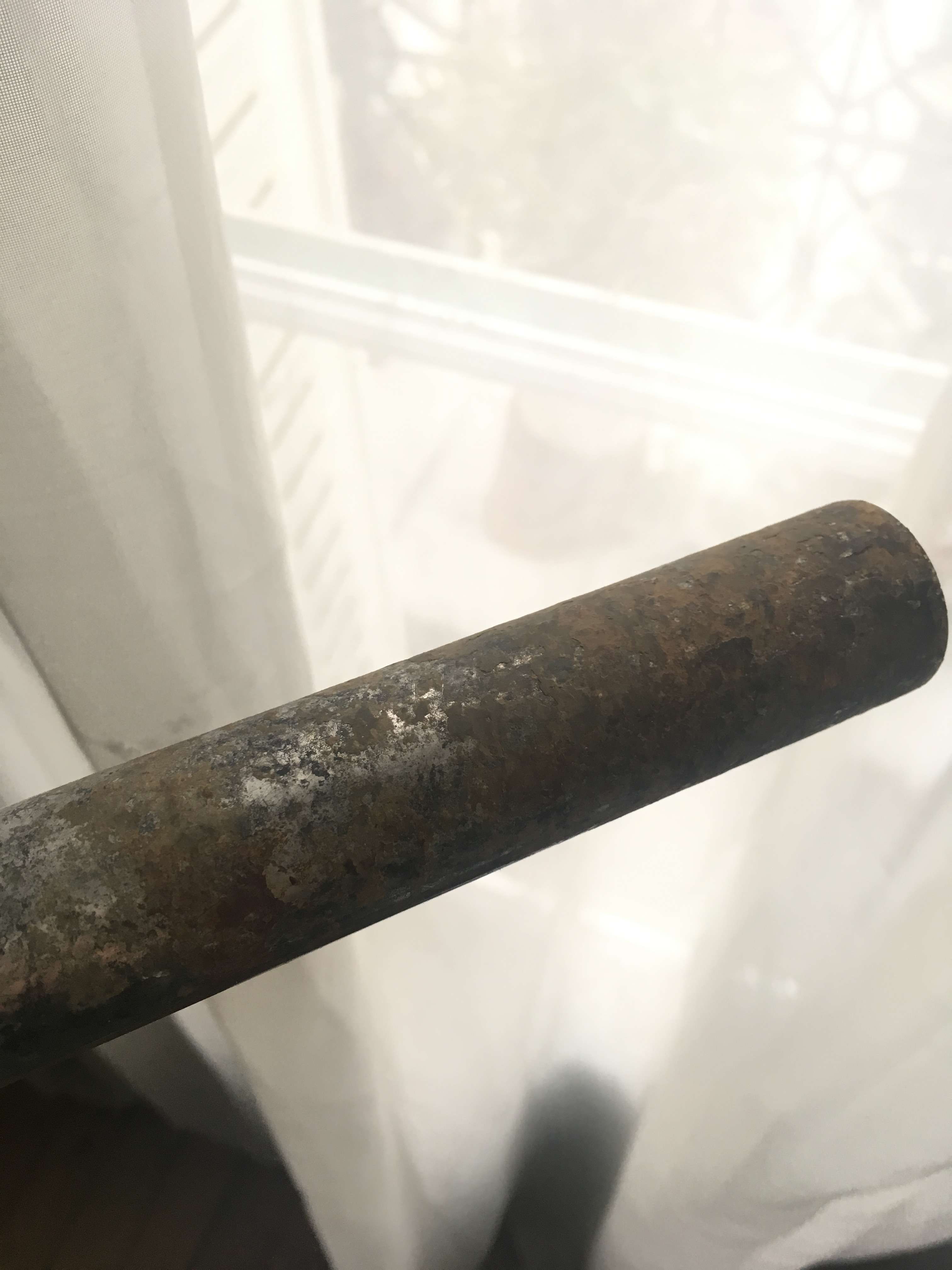years ago one of my chums rode a CX frameset on the road. He had absolutely no intention of straying off tarmac for long; he rode time trials, road races, and even toured on it. It (of course) made stuff-all difference that he had the mafacs sticking out sideways as he did, it just made everything easier most of the time, eg fitting mudguards, unhooking the brakes to let the wheels in and out (even with fatter tyres on) and of course he wasn't stuck with a ridiculous mudguard clearance either.
The biggest difference it did make was that (even then) he got endless comments from roadies about 'his funny brakes'...I am sure that this would be worse these days....
The Mafacs were pretty good brakes BITD; easily as powerful as most brakes used for road racing and today still (with the right levers) powerful enough for unladen riding. These days you can get far better cantis which allow you to fine-tune the brake geometry and therefore MA vs running clearance. No other brake allows you to do that. With any one set of levers the system MA can be varied by a factor of about two (and folk getting it wrong are a major source of 'my cantis don't work very well' type comments) and if you choose the levers to suit your preference the range of possible canti MA values varies by a factor of at least three (again you can get this wrong as well as right...).
However I object on principle to setting up bikes that are mainly going to be used with skinny rims and fairly narrow tyres for V-brakes. There are several aspects to this; some trivial and some less so.
1) I just think they look ugly. Sorry, but there it is.
2) They are easily damaged if the steering swings round to the right. In this respect they are little different from DPs I suppose, the difference being that the V pipe and yoke are flimsy and easily damaged, and DPs are a bit more substantial; they can damage the frame.
3) the cable routing is poor/troublesome. It is difficult to arrange the cables so that the front brake cable doesn't foul the gear cables when the steering is moved far, and this pulls the brake off centre. This is worse on something that is set up more like a road bike, because the cables are liable to all be set closer to the bike centreline and the run to a low set handlebar is short.
4) once you have chosen your levers, there is no adjustment for MA. You can buy different length arms but that is about it.
5) V brakes restrict your choice of brake levers (so do cantis in fairness but the restriction is different)
6)V brakes can (with about one exception which is a now-long-obsolete STX model I think)
only be fitted to wide spaced bosses.
7) any brake that is fitted to wide spaced bosses (with the exception of the now obsolete/occasionally troublesome parallel push shimano V brakes) will make the brake contact point travel down the rim as the brake wears. With narrower rims this is even worse, obviously.
8 ) V brakes use brake blocks with skinny inserts (which has good and bad aspects). Some V's fitted to bike with narrow rims can use 'road' inserts but these are the exception, and height adjustment is very likely when the inserts are half-worn.
Canti bosses were only ever set wide to allow 2" tyres on MTBs to pass between them with the tyre inflated. Even though there are very many bikes which will never use tyres this wide, and MTBs have mostly moved on to discs, we are now stuck with this 'standard'....

With cantis set to narrow bosses the contact point of the brakes does not descend at anything like the same rate as the brakes wear. However inflated tyres over about 35mm won't easily slide out between such bosses.
So if you are not going to use narrow rims and tyres much wider than ~32- 35mm and want to have canti bosses, it would still be my choice to set them to the old 'narrow' spacing (about 63mm) instead of the 'wide' spacing (~80mm), and use cantis even though this restricts the choice of brake arms somewhat. The whole setup is neater and works as well or better in every respect. Forks made this way can easily be built using 'road bike' crowns etc.
I may do some calculations regarding brake contact descent, so that some numbers can be put to it.
cheers


